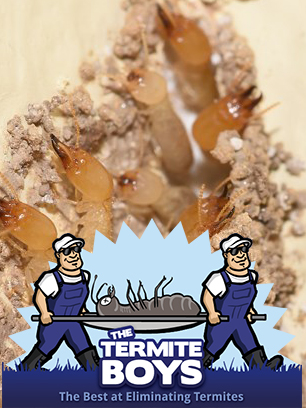Archaeological evidence collected over the course of several centuries has helped to give modern historians an understanding of the many ancient civilizations that once existed in the regions that are now known as Europe, the Middle East and Asia. However, ancient life in the Americas is not as well known to modern historians due to the fact that Europeans only first discovered North and South America around 500 years ago. This has made the Americas a popular destination for archaeologist who are eager to learn more about the region’s history. A recent archaeological dig in Peru has turned up an odd bunch of statues within a complex that was once an enormous palace. What makes these wooden statues unique is that they appear to be made from termite feces.
Several large structures have been unearthed in Central and South America, such as the Mesoamerican pyramids, the Mayan ruins and Machu Picchu. Despite these discoveries, the realities of ancient life in these regions remains badly understood. Luckily, Peruvian archaeologists have recently unearthed another massive structure in Peru, but the presence of statues composed of termite feces in the excavated area is already raising more questions than answers.
So far, the Peruvian archaeologists have unearthed a ceremonial entrance way to an ancient palace. This entrance way is lined with several wooden sculptures of ancient guards. Some of these 750 year old sculptures have been almost completely consumed by termites over the centuries, while others appear to be made of both wood and termite feces (frass). These sculptures probably belonged to the Royals of Chan Chan between 1100 and 1300 CE, but when did they become composed of termite feces?
In order for termites to avoid light, they cover the holes they bore into wood with feces, which means they placed a layer of feces over each hole they made into the surface of the statues. Due to centuries of this sort of fecal application, the outer surface of these statues have been replaced with termite feces. In other words, many of these statues have become more feces than wood. In fact, the termite feces that the insects had applied to the sculptures preserved the shape of the sculptures to “a remarkable degree.” The termites may have eaten most of the wood from the statues, but they left behind their own replicas by replacing the wood they ate with feces. Only one sculpture was found to be nearly completely consumed by termites.
Have you ever heard of a relic being preserved via termite feces?

